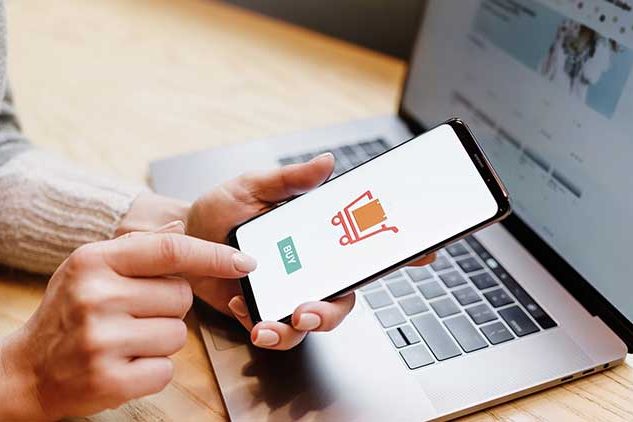A Look Back: Experiences Retail Shoppers Want

When the COVID-19 pandemic began to spread across the globe in 2020, retail and eCommerce shopping changed dramatically. Rather than browsing shelves and purchasing products in person, out of necessity customers transitioned to online product pages, digital carts, and new technologies designed to make eCommerce shopping experiences exciting and enjoyable.
Now that the pandemic’s effects have eased, many newer shopping trends have proven to have staying power and are simply expected aspects of retail and eCommerce shopping. Let’s look at four examples of popular shopping experiences customers have now come to expect.
Curbside Pickup
For busy parents and professionals, in-person shopping can be an absolute nightmare. Besides taking precious time out of the day, it requires mileage and energy that most just don’t want to spend.
Curbside pickup—which exploded in popularity during 2020—solved this problem by allowing customers to shop online and drop by to pick up their order at their leisure. From groceries and takeout orders to clothing, pet supplies, and sports equipment, virtually any type of product can be retrieved without customers ever leaving their cars. For this reason alone, it’s no surprise that recent research found that 85% of consumers plan to maintain shopping behaviors—including curbside pickup—they adopted during the pandemic.
Omnichannel Shopping
While many customers prefer online shopping, there is still quite a divergence in the types of shopping people do. Some like to visit brick-and-mortar locations, many enjoy click-and-collect shopping, and others use a combination of digital and in-person shopping methods to get the products they want and need.
Offering an omnichannel shopping experience, where customers can bounce between physical stores and their mobile devices, makes it possible to cater to all sorts of shoppers. And since the popularity of alternative shopping methods is predicted to grow over the next few years, it will likely become a necessity for many retail and eCommerce businesses.
AR/VR Shopping
Being unable to see, touch, and try on items makes it difficult for customers to decide which products to buy. And in the case of larger ticket items, this lack of knowledge can lead to prolonged indecision or complete cart abandonment.
To give customers a way to interact with products while shopping from their mobile devices, many businesses have invested in augmented reality (AR) and virtual reality (VR) technologies to take products to their online customers. IKEA, Home Depot, and Target, for example, all created apps that allow shoppers to put 3D furniture pieces in their homes virtually to gauge the size and aesthetic before purchasing. Meanwhile, Nike and Gap created apps to help customers determine their shoe size and clothing fit.
It seems to be paying off as, according to a recent eMarketer study, AR and VR technology increased last year with over 93 million and nearly 59 million users respectively according to a study conducted by eMarketer. Another study found that brands and retailers can convert 67% of consumers to buyers when they’ve reached online trial rooms or spaces to try on or try out a product or service.
Voice Commerce
As people spent more time in their homes during the pandemic, personal assistant technology grew in popularity. Customers made shopping lists, placed orders, and even “browsed” eCommerce store inventory via their smart devices. Recent research revealed that 68% of voice assistant users said that personal assistants made their lives easier.
But the trend isn’t expected to slow down anytime soon. With voice-based technology getting more sophisticated and consumers discovering its convenience, voice commerce is predicted to continue to grow. In fact, according to eMarketer, over 64% of U.S. adults between the ages of 25 and 34 used a voice assistant in 2021, and Statista predicts that there will be over eight billion voice assistant units in use by 2024.
While we now have a much better handle on a pandemic that will hopefully pass eventually, there will be some lasting results for retail and eCommerce businesses. Fortunately, these innovations have the potential to yield a solid ROI in the coming years. As we look ahead, we should keep an eye on click-and-collect solutions like curbside pickup, omnichannel shopping, voice commerce, and AR and VR trends, as they will likely have a major role to play.
Please note: Radial no longer offers a Customer Care solution as of September 15, 2024.
